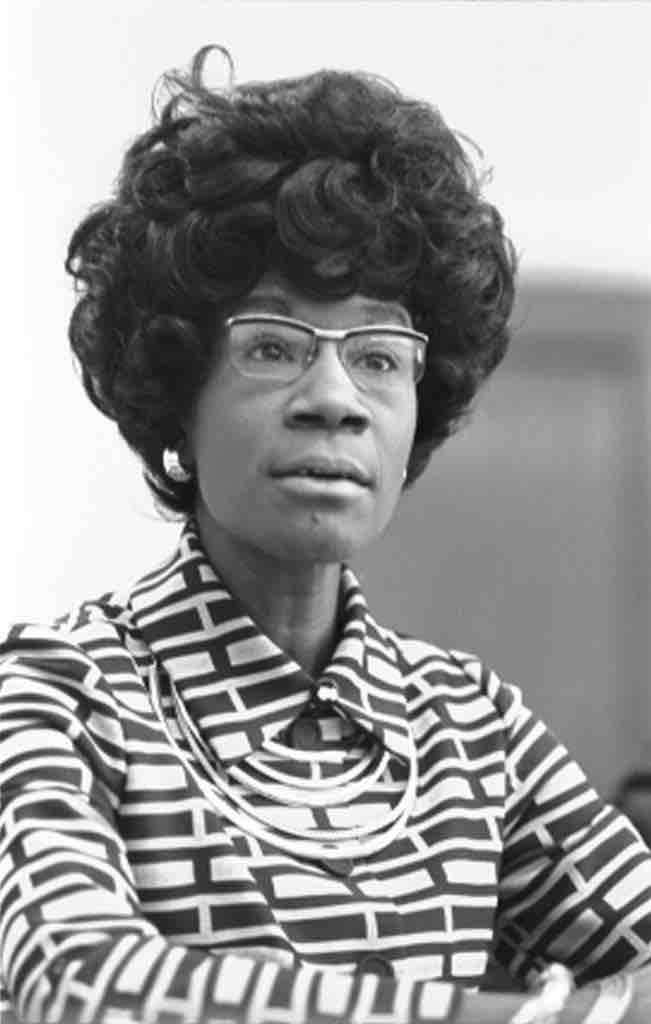Background
As women campaigned for and eventually received the right to vote, they began running for, and being elected to, public office. They gained positions as school board members, county clerks, state legislators, judges and, eventually, shortly before ratification of the Nineteenth Amendment, as members of Congress. In recent decades, women have been increasingly involved in American politics, serving as mayors, governors, state legislators, members of Congress, members of the U.S. Cabinet, and Supreme Court justices.
As of January 2011, 35 women have served as governors of U.S. states, with six women currently serving. The first elected female governor was Nellie Tayloe Ross of Wyoming, who was sworn in on November 4, 1925. The first female governor elected without being the wife or widow of a past state governor was Ella T. Grasso of Connecticut, sworn in on January 8, 1975.
Women in the Government Posts
The first woman elected to Congress was Jeannette Rankin, a Republican from Montana who took office in 1917. Women have been elected to the House of Representatives from 44 of the 50 states. Thirty-nine women have served altogether in the Senate, with Hattie Caraway of Arkansas became the first woman to win election to that legislative body in 1932. There are currently 17 female members of the Senate, 12 Democrats and 5 Republicans.
Twenty-five women have served as U.S. Cabinet officials. The first woman to hold a Cabinet position was Frances Perkins, who was appointed Secretary of Labor by President Franklin D. Roosevelt in 1933. Other prominent female Cabinet members include: Janet Reno, who served as the first female attorney general under President Bill Clinton; Madeline Albright, who served as the first female secretary of state under President Clinton; Condoleezza Rice, Secretary of State under President George W. Bush; and Hillary Rodham Clinton, former First Lady, Senator from New York, Secretary of State under Barack Obama, and the first woman to be nominated for president by a major American political party.
Hillary Rodham Clinton
While women still fall behind men in many important measures, important exceptions exist. For example, Hillary Clinton became the first woman to be nominated for president by a major American political party
The first woman to serve as a justice in the U.S. Supreme Court was Sandra Day O'Connor, who was appointed by President Ronald Reagan in 1981. Three women serve in the current Supreme Court: Ruth Bader Ginsburg, appointed by President Clinton; Sonia Sotomayor, appointed by President Obama; and Elena Kagan, also appointed by President Obama.
African American women in politics
African-American women have been involved in American political issues and advocating for the community since the American Civil War era through organizations, clubs, community-based social services, and advocacy. Issues that deal with identity, racism, and sexism have been important to African-American women in the political dialogue.
Though women obtained the right to vote in the United States in 1920, many women of color still ran into obstacles. Some faced tests that required them to interpret the Constitution in order to vote. Others were threatened with physical violence, false charges, and other extreme danger to prevent voting. Due to these tactics and others that marginalized people of color, the Voting Rights Act of 1965 was put into place. It outlawed any discriminatory acts to prevent people from voting.
Women and Black Power
Despite the fact that elements of the Black Power Movement had some views centered on misogyny, African-American women quickly found a voice in the movement. Women held leadership positions, ran community-based programs, and fought misogyny. Other women also contributed to the grass-roots movement through community service. "In the age of rights, antipoverty, and power campaigns, black women in community-based and often women-centered organizations, like their female counterparts in nationally known organizations, harnessed and engendered Black Power through their speech and iconography as participants of tenant councils, welfare rights groups, and a black female religious order."
Political Representation
African-American women have been underrepresented in politics within the United States, but numbers continue to increase. According to the Center for American Women and Politics at Rutgers University, currently 13 African-American women serve in the 112th Congress, with 239 state legislators serving nationwide . The paths to public office for women in the African-American community have differed from men and other groups, such as women's organizations, rallies, and fundraisers.

Shirley Chisholm
Shirley Chisholm was a member of the U.S. House of Representatives representing New York's twelfth Congressional District for seven terms from 1969 to 1983.
A number of organizations supporting African-American women have historically played an important role in politics. The National Association of Colored Women, founded in 1896 by Josephine St. Pierre Ruffin and Mary Church Terrell, is one of the oldest political groups created for and by African-American women. Among its objectives were equal rights, eliminating lynching, and defeating Jim Crow laws. Another organization, the National Council of Negro Women, was founded in 1935 by civil rights activist Mary McLeod Bethune and was more involved in African-American politics with the aim to improve the quality of life for African-American women and families.